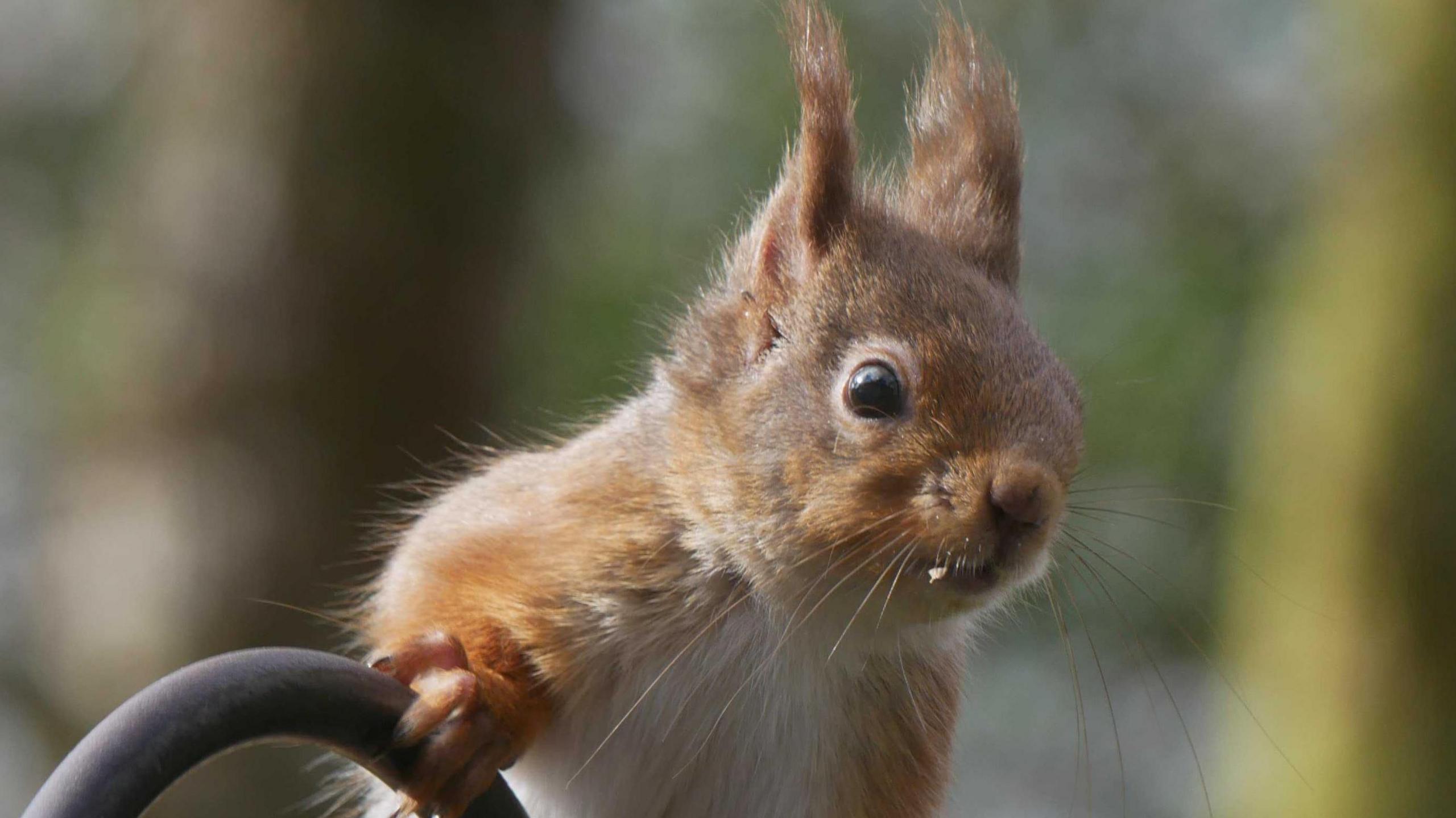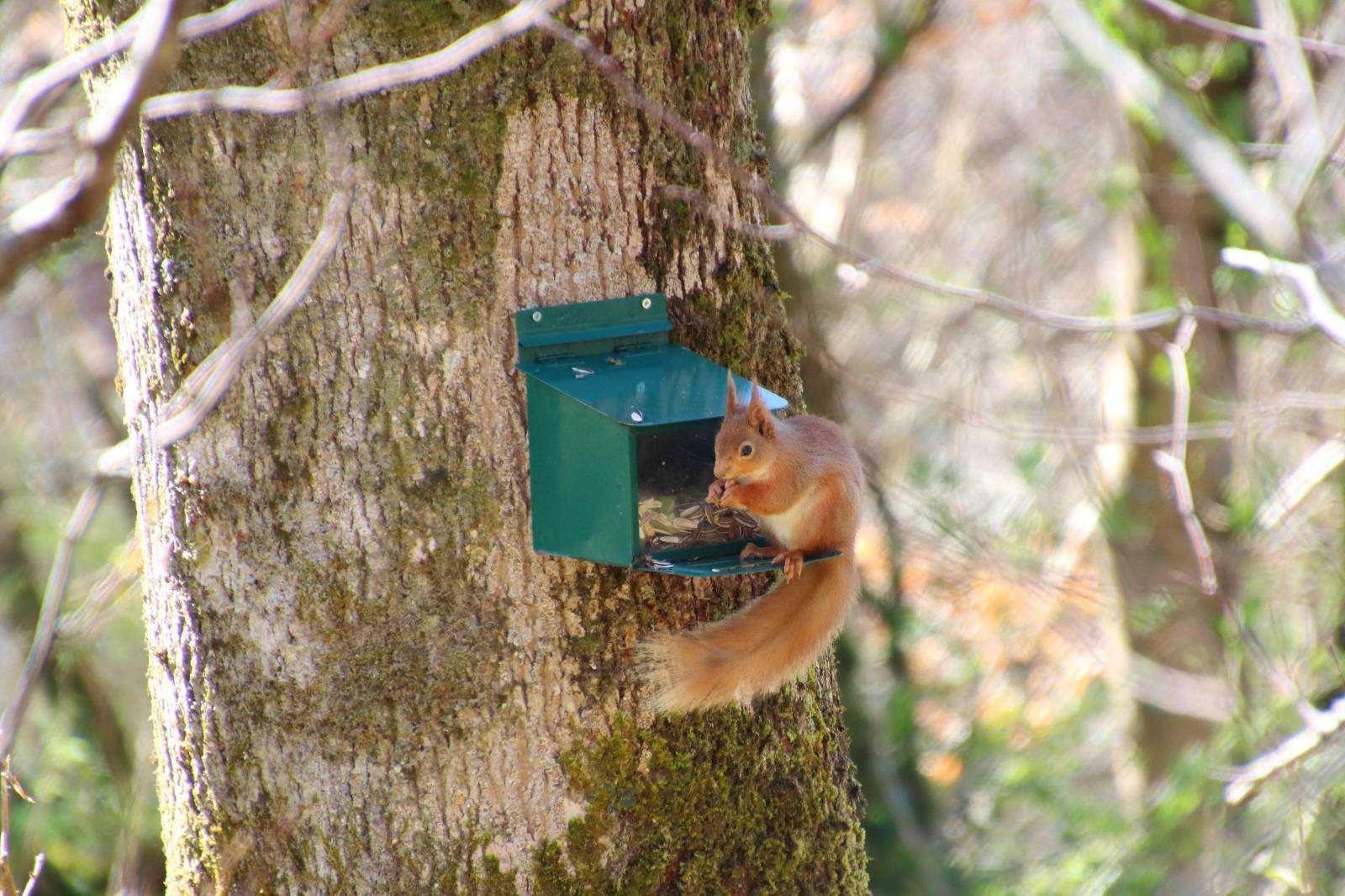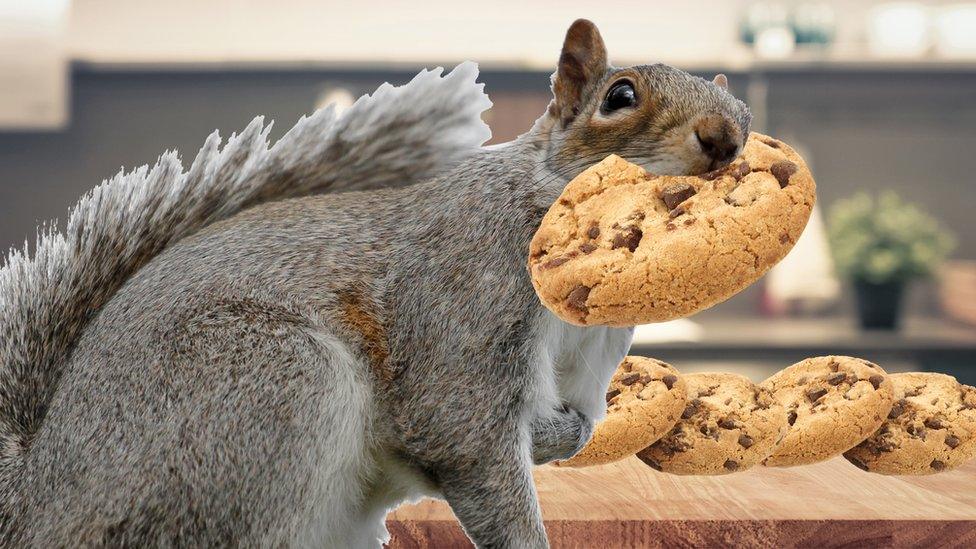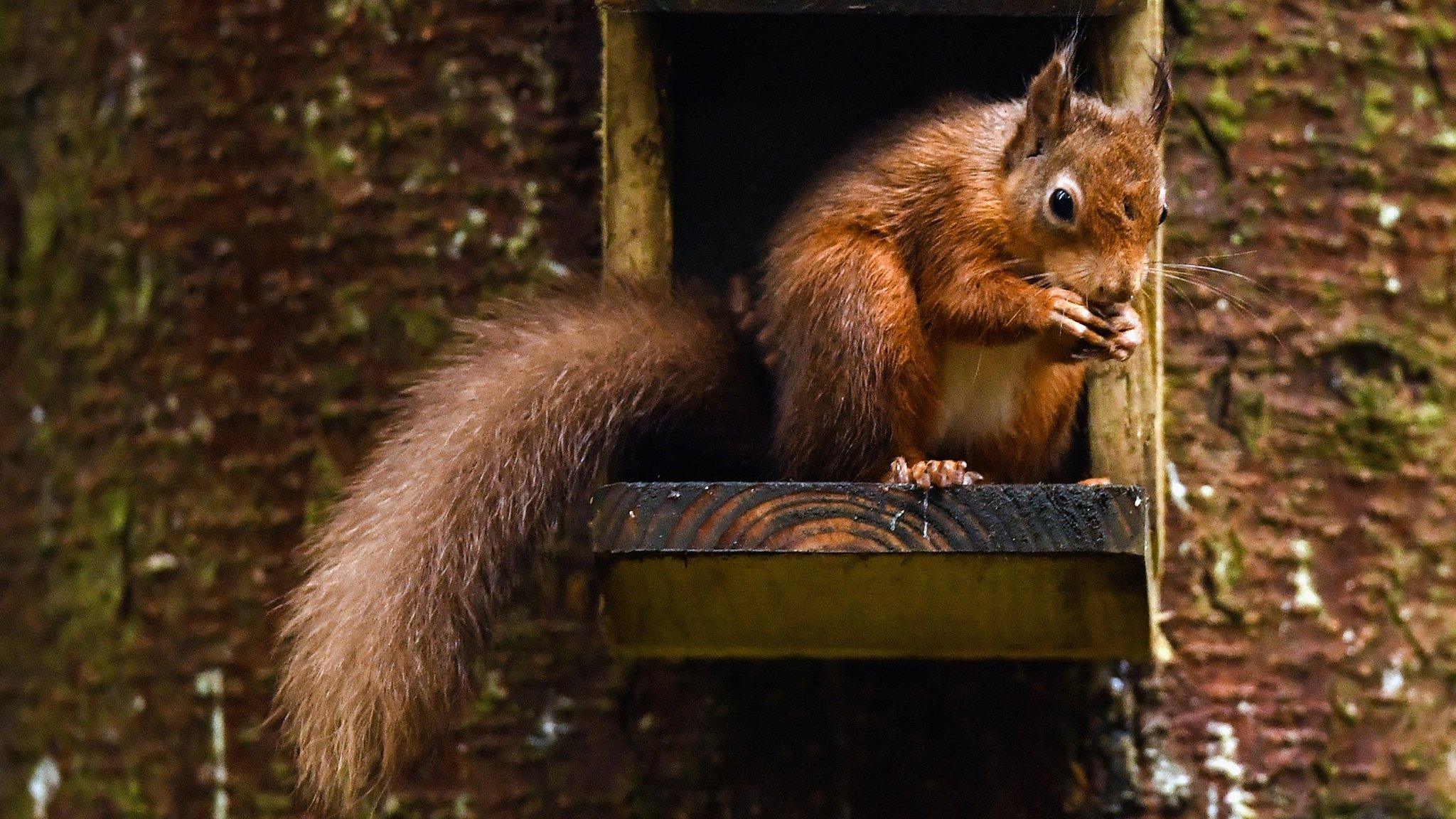Efforts to boost red squirrel numbers on Scotland's west coast

75% of the UK's red squirrel population is in Scotland
- Published
The chances are if you were to picture a squirrel in your head, you would probably think of a grey one.
But did you know it is actually the red species that is native to the UK?
A rewilding charity, which is trying to boost red squirrel numbers in Scotland, has just released six into the wild on the west coast.
Sarah Woodfin from the Trees for Life charity, says their actions are "offering hope for the long-term future of this much-loved and charismatic species".
More tails like this!
Check out these cute red squirrels born at Longleat!
- Published17 September 2021
How could squirrels' acrobatic stunts help make better robots?!
- Published6 August 2021
It's National Squirrel Appreciation Day
- Published21 January 2022
Why aren't there many red squirrels in the UK?
They're cute, small and speedy, Shanequa went to find out more about red squirrels. (2022)
Despite red squirrels being in the UK first, there are now certainly more grey ones here.
There are thought to be around 2.5 million grey squirrels in the UK compared to 160,000 red ones - with 120,000 of those living in Scotland.
The grey species arrived from America in the 1800s - due to them breeding more and naturally being bigger they manage to snaffle the best food first, resulting in number of red squirrels dropping.
Their numbers have also been hit by a reduction in their forest homes.
What has the charity been doing to help?

There are thought to be 120,000 red squirrels living in Scotland
The rewilding charity, Trees for Life, has recently released six red squirrels into woodland on the Drimnin Estate on the Morvern peninsula in Scotland.
They will boost the population of reds in the area which has been growing since the charity released 21 at Lochaline two years ago.
The charity relocates small numbers of the species from areas with healthy numbers, over to suitable wooded areas.
The reintroductions don't just help the squirrels - they can be forgetful creatures and will often plant trees accidently by forgetting where they have buried nuts and seeds in the winter.
- Published2 January 2018

- Published9 April 2018

- Published7 July 2020

